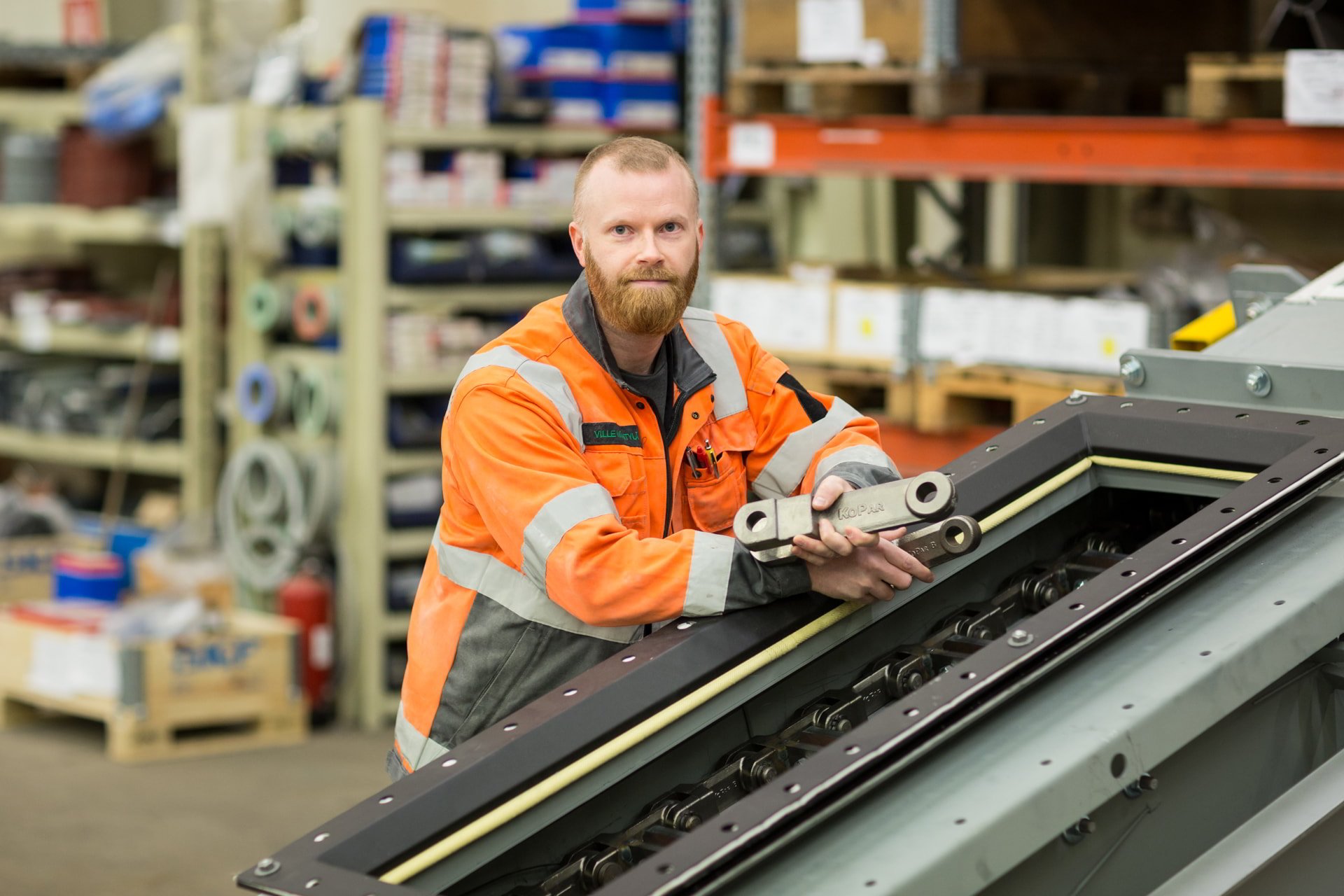Understanding the Basics of Pipeline Solutions
Pipeline solutions are essential for businesses that handle bulk materials. These systems are designed to transport materials efficiently and safely from one point to another. The primary goal is to ensure that the materials are moved with minimal disruption and maximum efficiency.
For all businesses, the right pipeline solution can mean the difference between smooth operations and constant interruptions. Understanding the basics of pipeline solutions helps in making informed decisions about the type of system that best suits your business needs. This includes knowing the types of materials you are handling, the distances involved, and the specific requirements of your operations.
Types of Pipeline Solutions
There are several types of pipeline solutions available, each suited to different needs and materials. High-pressure conveying systems, for instance, are ideal for transporting materials over long distances. These systems use compressed air to move materials through the pipeline, ensuring a steady and controlled flow.
Low-pressure conveying systems, on the other hand, are better suited for softer materials and shorter distances. These systems use blowers to create a high-velocity air stream that moves the materials through the pipeline. Understanding the differences between these systems can help small businesses choose the most efficient and cost-effective solution for their needs.
Designing an Efficient Pipeline System
The design of a pipeline system is crucial to its efficiency. Factors such as the type of material being transported, the distance it needs to travel, and the specific requirements of the business all play a role in the design process. A well-designed pipeline system can significantly reduce operational costs and improve overall efficiency.
It is essential to work with experts who can help design a system that meets their specific needs. This includes selecting the right type of pipeline, choosing the appropriate materials, and ensuring that the system is designed to handle the expected load. Proper design can also help prevent issues such as blockages and wear and tear, which can disrupt operations and increase maintenance costs.
Maintenance and upkeep of pipeline systems
Regular maintenance is essential to keep pipeline systems running smoothly. This includes routine inspections, cleaning, and repairs as needed. Having a maintenance plan in place can help prevent unexpected downtime and ensure that the system continues to operate efficiently.
Maintenance tasks can vary depending on the type of pipeline system and the materials being transported. For example, high-pressure systems may require more frequent inspections and maintenance due to the higher stress on the components. On the other hand, low-pressure systems may need regular cleaning to prevent blockages and ensure a smooth flow of materials.
Cost considerations
Cost is a significant factor when choosing a pipeline solution. The initial investment in a pipeline system can be substantial, but it is essential to consider the long-term benefits and cost savings. An efficient pipeline system can reduce operational costs, improve productivity, and minimize downtime.
When evaluating the cost of a pipeline system, it is important to consider not only the initial purchase price but also the ongoing maintenance and operational costs. Working with experts can help small businesses find a solution that fits their budget while still meeting their needs. Additionally, investing in a high-quality system can provide long-term savings by reducing the need for frequent repairs and replacements.
Environmental and Safety Considerations
Environmental and safety considerations are crucial when designing and operating pipeline systems. Ensuring that the system complies with relevant regulations and standards is essential to prevent accidents and minimise environmental impact. This means working with experts who understand the regulatory landscape and can help design a system that meets all necessary requirements.
Safety features such as pressure relief valves, emergency shut-off systems, and regular inspections can help prevent accidents and ensure the safe operation of the pipeline system. Additionally, using environmentally friendly materials and practices can help small businesses reduce their environmental footprint and contribute to sustainability efforts.
Choosing the Right Partner for Pipeline Solutions
Choosing the right partner for your pipeline solutions is essential, Working with experienced professionals can help ensure that the system is designed, installed, and maintained correctly. This can save time, reduce costs, and improve the overall efficiency of the system.
When selecting a partner, it is important to consider their experience, expertise, and track record. Look for a company that has a proven history of delivering high-quality pipeline solutions and can provide the support and services needed to keep the system running smoothly. Choosing the right partner can ensure that the pipeline system meets the needs and helps to achieve the operational goals.

You have a challenge that needs solving?
Let us help! Contact us for more information about our products and services.
